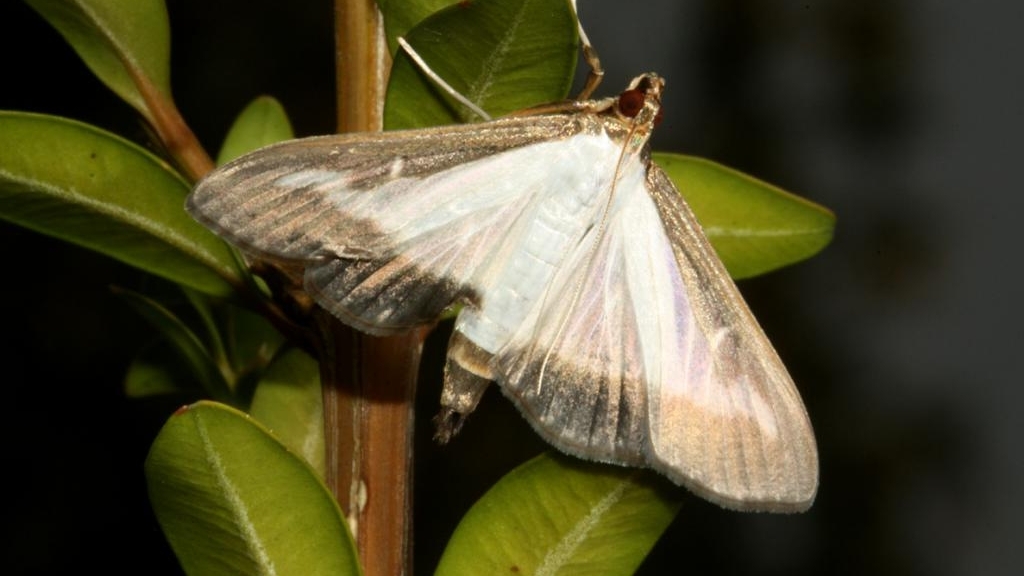Box Tree Moth

Box tree moth is an invasive pest that can significantly damage and potentially kill boxwood (Buxus species) plants if left unchecked. The caterpillars are ravenous feeders, and heavy infestations can completely defoliate host plants. After the leaves are gone, they feed on the bark which eventually kills the plant. Boxwoods are a popular ornamental evergreen shrub common to many landscape environments in the United States.
The moth is native to East Asia and has become a prolific pest in Europe. In 2021, APHIS confirmed box tree moth in New York, and since then it has been confirmed in Michigan and Ohio. The moths are highly mobile and good fliers.
The box tree moth can ravage plant life. Here's what to look for:
- Appearance
- A box tree moth starts out as a lime-green caterpillar, with black stripes, white spots, hairs, and a shiny black head. Adult box tree moths generally have white wings with a thick brown border.
- Brown leaves and defoliation
- Missing sections of leaves or skeletonized leaves
- Caterpillars and webbing
- Young caterpillars hide among twigs and leaves, which can grow up to 1.5 inches.
- Frass
- Sawdust-like excrement from insects
- Pupa
- May be wrapped in webbing
- Adult moths
- They're difficult to spot, as they're most active at night.
View signs and symptoms of box tree moth in our photo gallery.
- Contact your local Cooperative Extension Service for information on pest management tools or locate an Extension specialist near you.
- Allow State or Federal agricultural officials to inspect your boxwood plants and place detection traps.
- Remove infested boxwood plant branches. For heavy infestations, cut the boxwood from its base. (Your plant should grow back from its roots.) All boxwood debris should be double bagged in plastic and placed in the trash.
Property owners are encouraged to monitor their boxwoods and report any damage. Contact your local Extension office for treatment options.
Nursery owners should monitor their boxwoods and implement safeguards to limit their pest risk.
Report Plant Pests and Diseases
Have you seen this pest or signs of pest damage? Immediately report your findings.
Find your State plant regulatory official
Find your State plant health director
Controlling Box Tree Moths
APHIS works closely with State departments of agriculture where the pest has been found. They restrict boxwood movement, monitor the infestation’s boundaries, engage stakeholders, and conduct outreach.
- U.S. Response to Box Tree Moth Detection in Michigan in 2022:
- U.S. Response to Box Tree Moth Detection in New York in 2021 (March 2022)
- U.S. Response to Finding Box Tree Moths in Boxwood Plant Shipment (May 2021)
- Pest Alert: Box Tree Moth (849.45 KB)
- New York Residents: Check Your Boxwoods for the Box Tree Moth! (2.23 MB)

